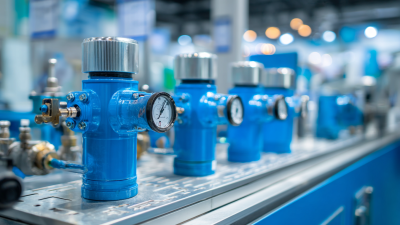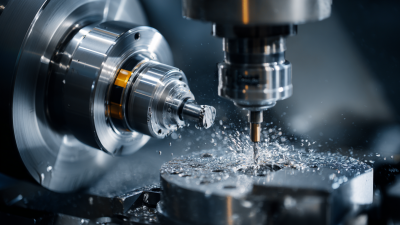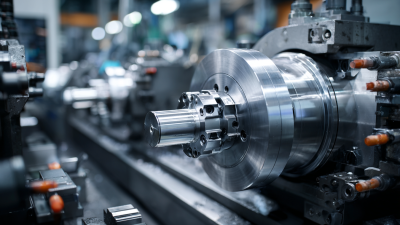
- sales@bjbod.com
- Mon - Sat at 7:00AM to 9:00PM

Choosing the right clamping collets is crucial for any machining project, as they play a vital role in ensuring precision and stability during the manufacturing process. With the variety of options available in the market, it's essential to understand which collets best suit your specific needs. In this ultimate guide, we will cover important factors to consider when you decide to buy clamping collets, including material types, design features, and compatibility with your machinery.
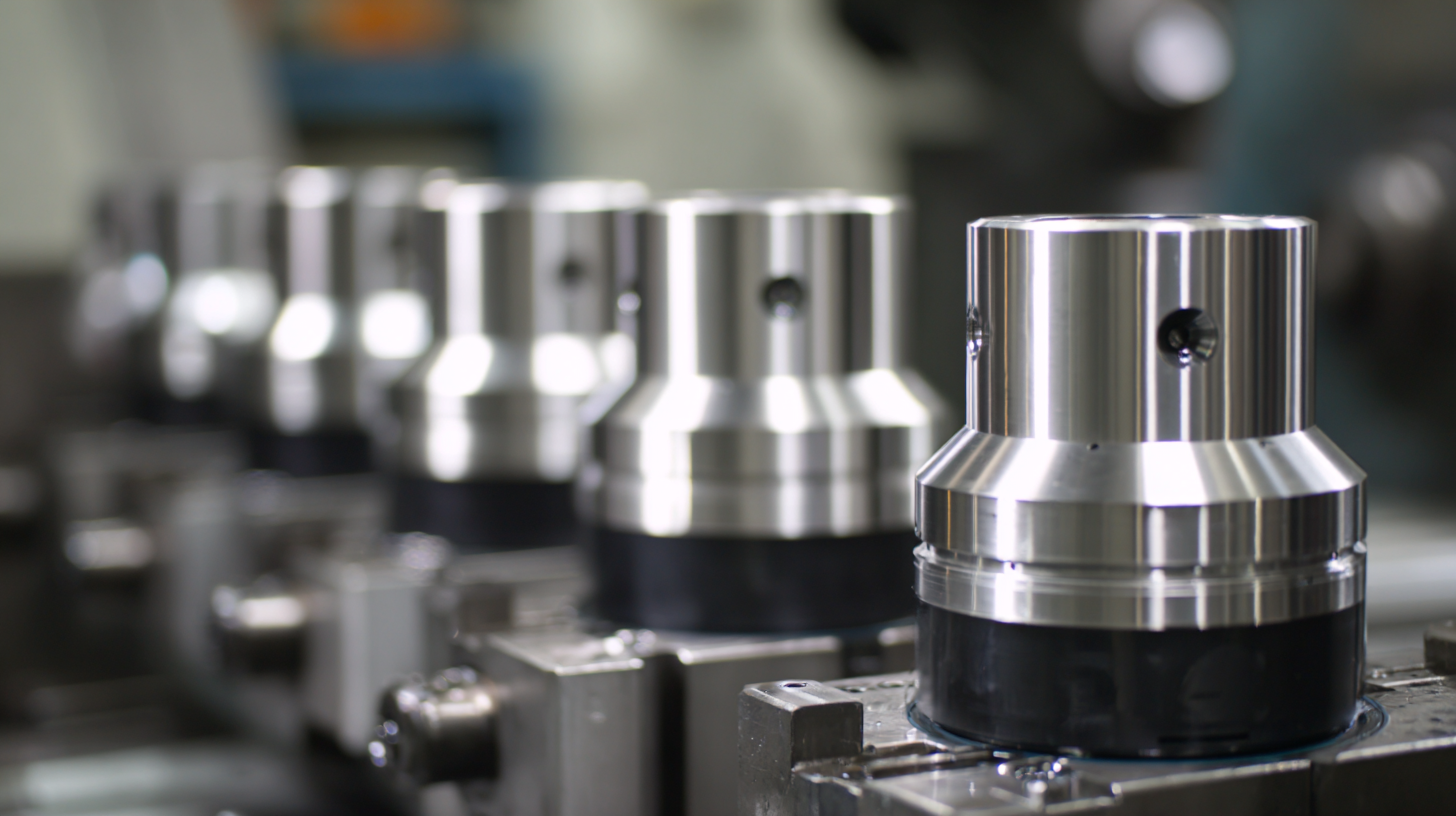
Additionally, we will provide tips to help you identify high-quality collets that enhance your machining efficiency and output. By the end of this guide, you'll be well-equipped to make informed decisions and invest in the right clamping collets that will optimize your workshop's productivity.
When selecting clamping collets for machining success, it is vital to consider factors such as compatibility, materials, and precision. Collets must match the specific tool shank sizes and types used in your machining operations. According to industry reports, mismatched collet sizes can lead to significant tool wear and reduced accuracy, reflecting poorly on overall production efficiency. Ensuring that your chosen collet has the right grip and hold can enhance your machining capabilities and reduce downtime.
Another essential consideration is the material of the collet. High-quality materials not only improve the durability and performance of the collet but also facilitate higher cutting speeds. Research has shown that utilizing advanced materials can increase tool life by up to 30%, directly impacting productivity. Moreover, with the rise of faster cutting rates in modern machining, it is crucial to choose collets that provide effective vibration dampening and thermal stability, as these physical properties play a critical role in toolholding under demanding conditions. Properly designed collets that cater to these needs can prevent tool displacement during operation, leading to more consistent results and enhanced machining success.
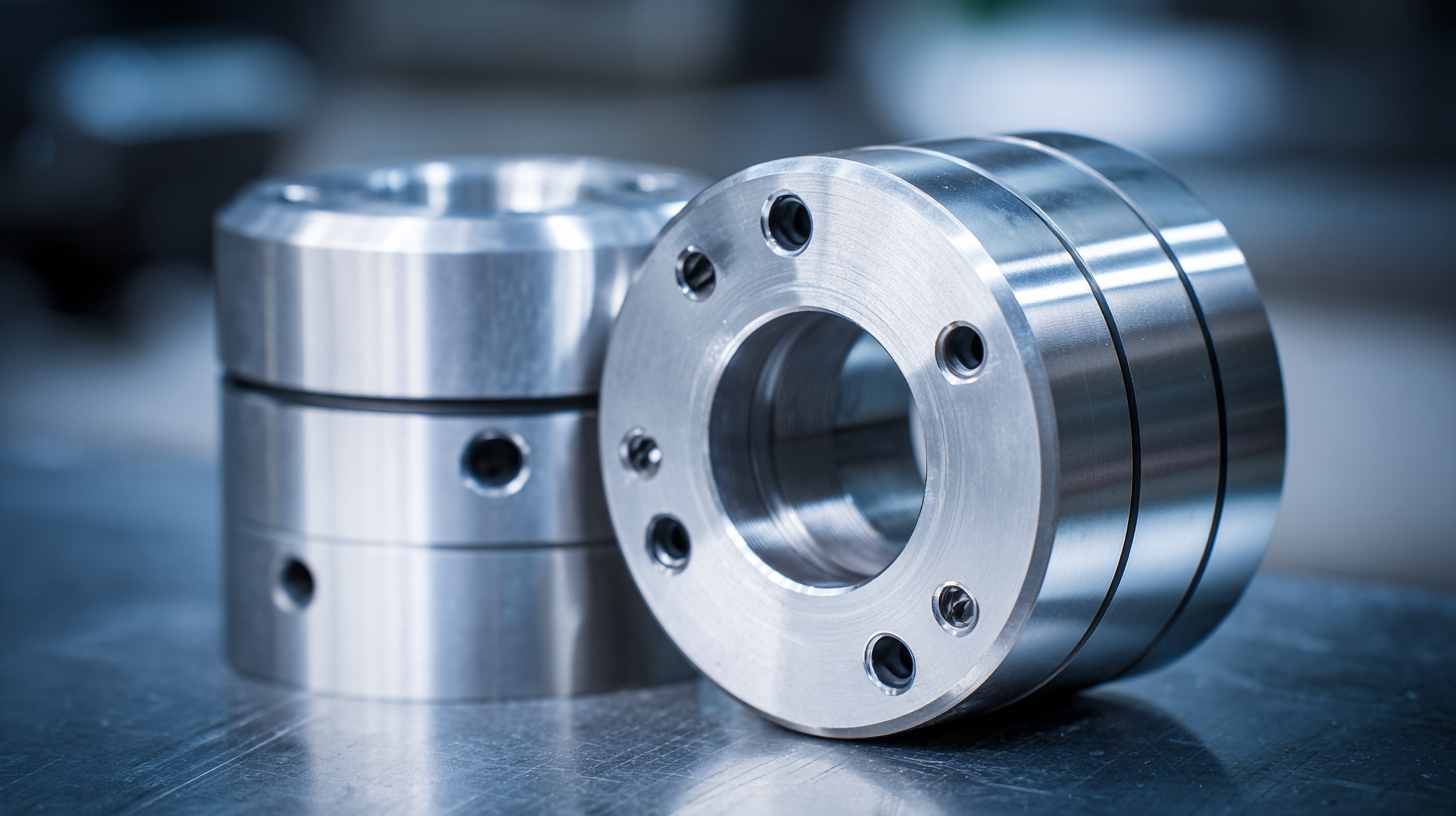
When selecting clamping collets for machining applications, understanding the different types and their best uses is crucial. According to the Machinery Industry Association, the global demand for precision machining has increased by over 10% annually, leading to a greater emphasis on selecting the right tools to ensure efficiency and accuracy. Among the top five types of clamping collets, ER collets are the most versatile, offering a wide range of applications from milling to drilling. Their design allows for a high clamping force and excellent runout precision, making them suitable for both high-speed and heavy-duty machining tasks.
Another essential type is the 5C collet, which is particularly favored in turning applications. Data from the Precision Engineering Society indicates that 5C collets are superior in providing a secure hold for round and hexagonal workpieces. Their ease of use and ability to accommodate various tool sizes make them a preferred choice in production environments. Additionally, Dowell collets are highly efficient for tasks requiring quick setups due to their self-centering features. While each collet type serves specific purposes, the choice ultimately depends on the machining needs and material compatibility, which can significantly enhance productivity and reduce downtime.
When selecting clamping collets for your CNC machining needs, ensuring compatibility between the collets and your machine is crucial for optimal performance. Different CNC machines may require specific collet types, and using mismatched components can lead to diminished accuracy and increased wear over time. To begin with, always consult your CNC machine manual to understand the recommended collet specifications, including size, type, and material.
A key tip for compatibility is to pay attention to the collet taper and holder configuration. It’s essential that the collet matches the spindle taper, whether it's ER, DA, or another type. Moreover, consider the collet material; for example, high-speed steel (HSS) collets may be ideal for certain applications, while carbide collets offer superior rigidity and wear resistance for heavy-duty tasks.
Lastly, ensure that your chosen collets fit securely with the tool holders. This fit ensures a stable grip on the tools, allowing for precision in machining. Checking for play or movement between the collet and holder when tightened can prevent issues during operation and improve overall machining quality. Proper compatibility in your clamping setup not only enhances performance but also extends the lifespan of both the collets and the CNC machine itself.
Maintaining clamping collets is crucial for ensuring precision and longevity in machining operations. According to a report by the National Institute of Standards and Technology (NIST), improperly maintained tools can reduce machining accuracy by up to 30%. Regular cleaning is essential to prevent debris build-up, which can affect the clamping force and lead to tool misalignment. High-quality collets, when properly cleaned and lubricated, can significantly improve tool life and performance, ultimately reducing operational downtime.
Another vital aspect of collet maintenance is periodic inspection for wear and damage. Industry studies indicate that worn collets can cause up to 20% of production errors in high-speed machining environments. Inspecting both the interior and exterior for signs of wear, such as cracks or deformation, can prevent costly mistakes. Additionally, implementing a routine maintenance schedule that includes replacing collets based on usage frequency can ensure optimal performance and reliability, thereby enhancing overall productivity in machining operations.
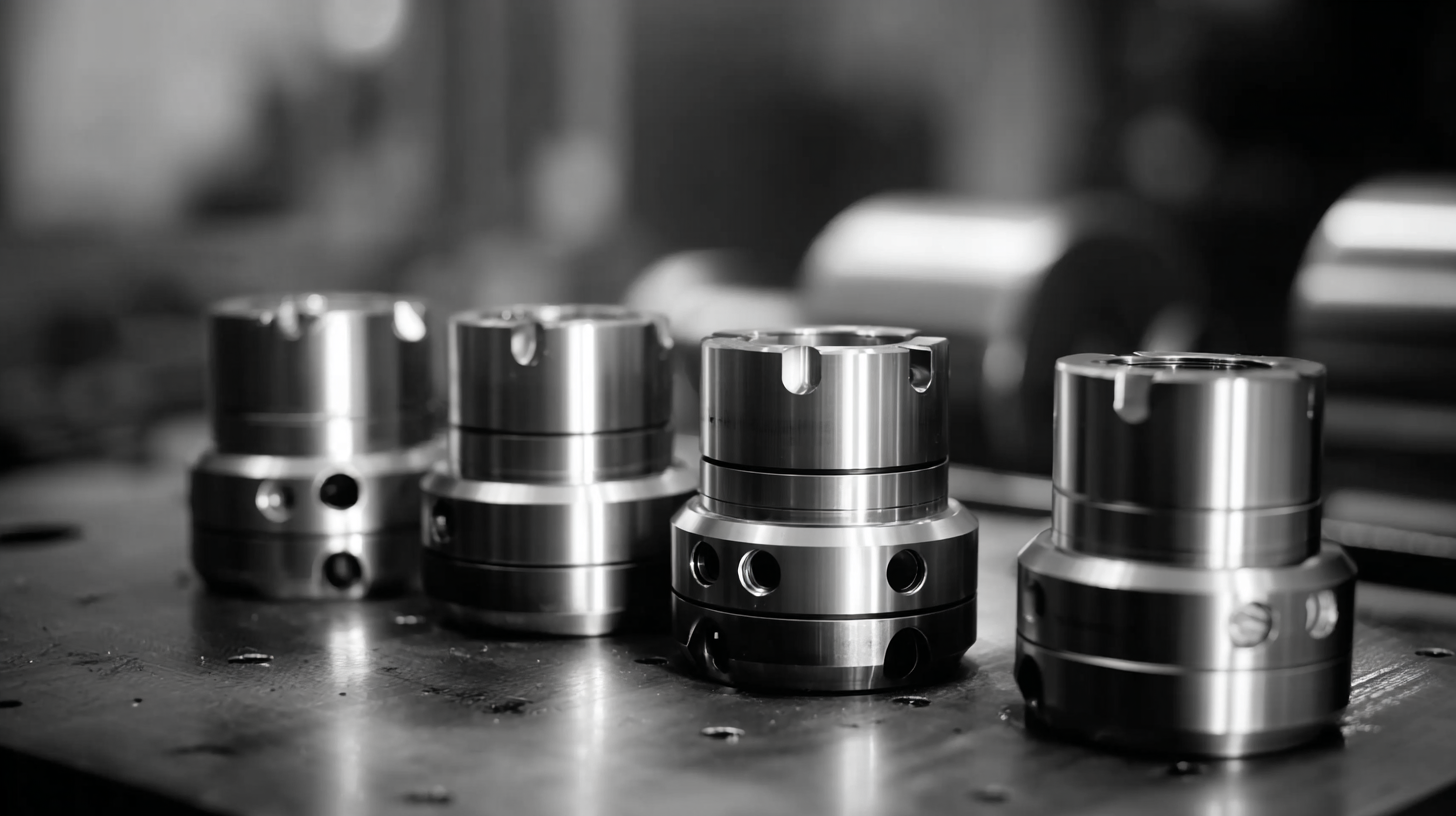
When selecting clamping collets for machining projects, avoiding common pitfalls is essential for ensuring optimal performance and precision. One prevalent mistake is neglecting to consider the material and type of collet suitable for specific machining operations. According to the Precision Tooling Association, using a collet made from unsuitable materials can lead to significant deviations in workpiece accuracy; for instance, steel collets are often recommended for high-load applications due to their superior strength compared to aluminum counterparts which may flex under pressure.
Another crucial error is failing to account for the collet's diameter and compatibility with the spindle's specifications. A report from the International Society of Automation highlights that mismatched collet sizes can reduce clamping force by up to 20%, leading to tool slippage and compromised surface finishes. Additionally, selecting the wrong collet for the operation type—such as using a generic collet instead of a precision collet for intricate work—can result in increased production downtime and reduced part quality. Ensuring proper fit and function is vital for maximizing efficiency and achieving desired machining outcomes.

